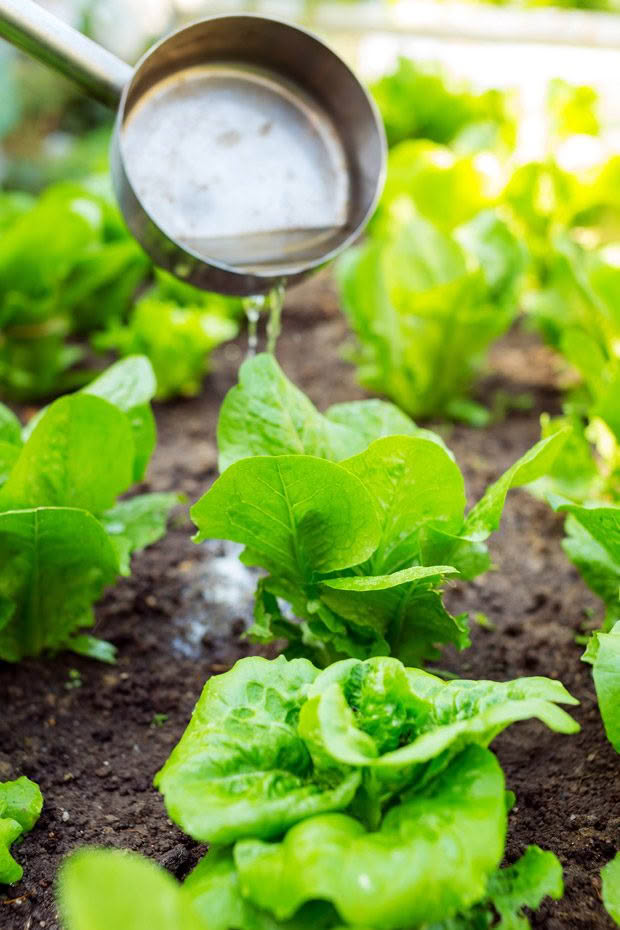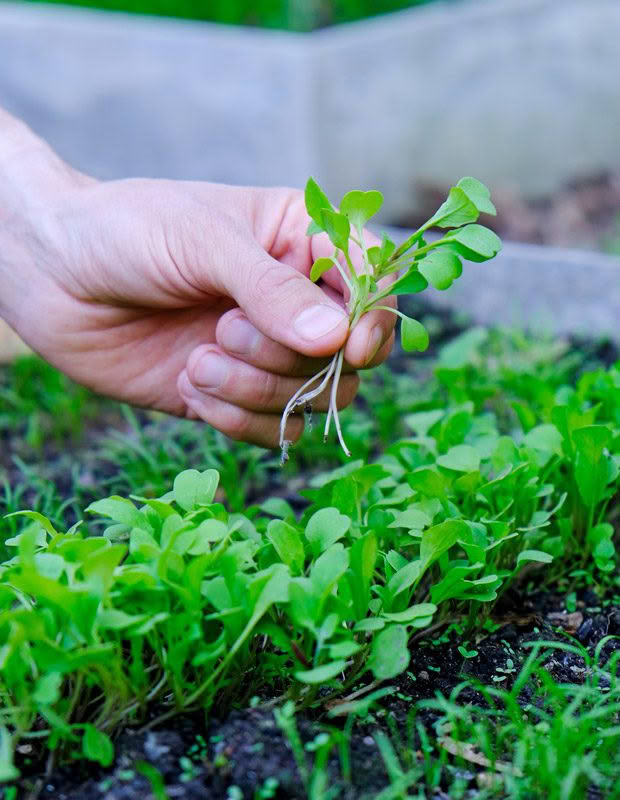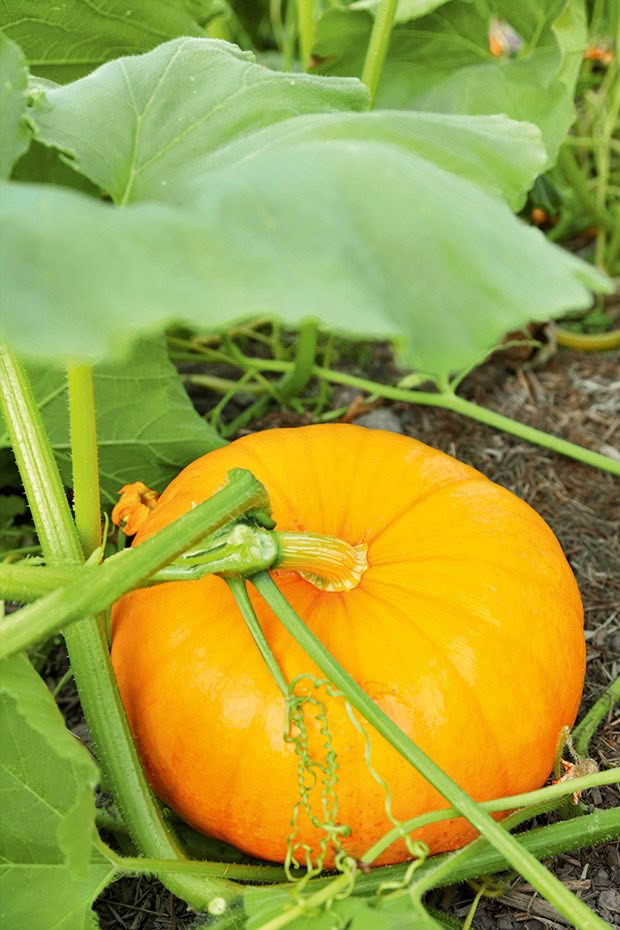How to protect and nourish your garden this January (plus how to get big, fat pumpkins)

Summer is the time to take proactive measures to prevent fungal diseases, thirsty plants, and insect infestations.
Words: Nadene Hall
1. A hot and humid summer means a higher risk of fungal diseases. To prevent disease, keep plants well-watered, so they don’t become stressed – if the soil is dry at 10-15cm deep, it’s time to water.
It’s best to water deeply to encourage root growth, which improves a plant’s tolerance for hot temperatures. Water early in the day, around the base of the plant, not on the leaves. Good options are soaker hoses or drip irrigation.
If plants are crowded, consider sacrificing some to improve airflow between plants. Remove any diseased plants and do it carefully, so spores don’t spread over surrounding plants.
2. Cover exposed soil with a thick layer of mulch, 5-10cm deep to conserve moisture and keep weeds at bay (which compete for moisture). This helps to prevent aphid and shield bug infestations. These bugs are attracted to stressed or weakened plants, especially those affected by lack of water.
3. There are good reasons to protect lettuce from the midday sun. High heat and lack of water can cause plants to develop a bitter taste. You get sweeter, crisper, more succulent leaves if plants can stay cooler. Plant lettuce amongst corn or tomato plants, which will provide shade. Brown edges are a sure sign plants are thirsty, so increase watering.

4. Feed leafy vegetables regularly with a high nitrogen liquid fertiliser for good leaf production.
5. Sow lettuce, rocket, radishes, spring onions, and carrots every fortnight for a continuous supply of salad ingredients.
6. Regularly lift kūmara foliage to prevent it from rooting where leaf nodes touch the soil. This way, the plant’s energy goes into producing tubers, not more foliage.
7. Plant seedlings of celery, brassicas, leeks, parsnips, swedes, and turnips.
8. Keep herbs cut back to encourage new and tender growth. Nip off the tips of mature basil plants to prevent flowers from forming.
9. In warmer areas, sow dwarf and climbing beans for autumn harvest.
10. Use comfrey leaves to make a high potassium fertiliser for tomatoes, potatoes, cucumbers, and peppers.
Fill a bucket with comfrey leaves. Top up with water and cover. Leave to decompose for 3-5 weeks, occasionally stirring (hold your nose). Strain the sludge – put it on your compost heap. To use, dilute half and half with water.
WHAT TO DO IF YOU WANT BIG, FAT PUMPKINS

If your pumpkins are running rampant, here are four things you can do now to ensure a good quality pumpkin harvest.
You should have a main vine and a secondary one that usually runs in the opposite direction. These will have shoots (laterals) coming off them, which can be pruned back or pinched out.
This forces the plant to put its energy into producing fat fruit on the main and secondary vines. Alternatively, to save space, you can prune the main and secondary vines to a certain length which will encourage fruit on the laterals.
If a pumpkin vine is prolific, remove smaller fruit, so those remaining get larger. Aim for 1.5m of vine per pumpkin.
Water deep and regularly at the base of the plant. Avoid wetting the leaves and stems, or you’ll encourage fungal diseases.
Sit pumpkins on a piece of wood or an upside-down pot saucer, so it’s bottom doesn’t get damp and mouldy.
MORE HERE
Love this story? Subscribe now!
 This article first appeared in NZ Lifestyle Block Magazine.
This article first appeared in NZ Lifestyle Block Magazine.
